Does your current branding seem outdated, unengaging, and unattractive? Is your company struggling to lure in new customers and achieve brand recognition in this incredibly competitive landscape? Have you recently experienced an unfortunate public relations crisis that has ruined your reputation?
If you answered yes to any of these questions, it could be time to rebrand your business. This can be an undeniably overwhelming and intimidating process for any startup, small business, or stakeholder.
However, with this guide, we guarantee you will be able to craft a striking brand identity with ease.
The different types of rebranding process
The first crucial step in creating a new brand identity is to contemplate which rebranding strategy is right for your business. This can be arduous and complicated, so we have decided to break down the three main rebranding strategies in the table below.
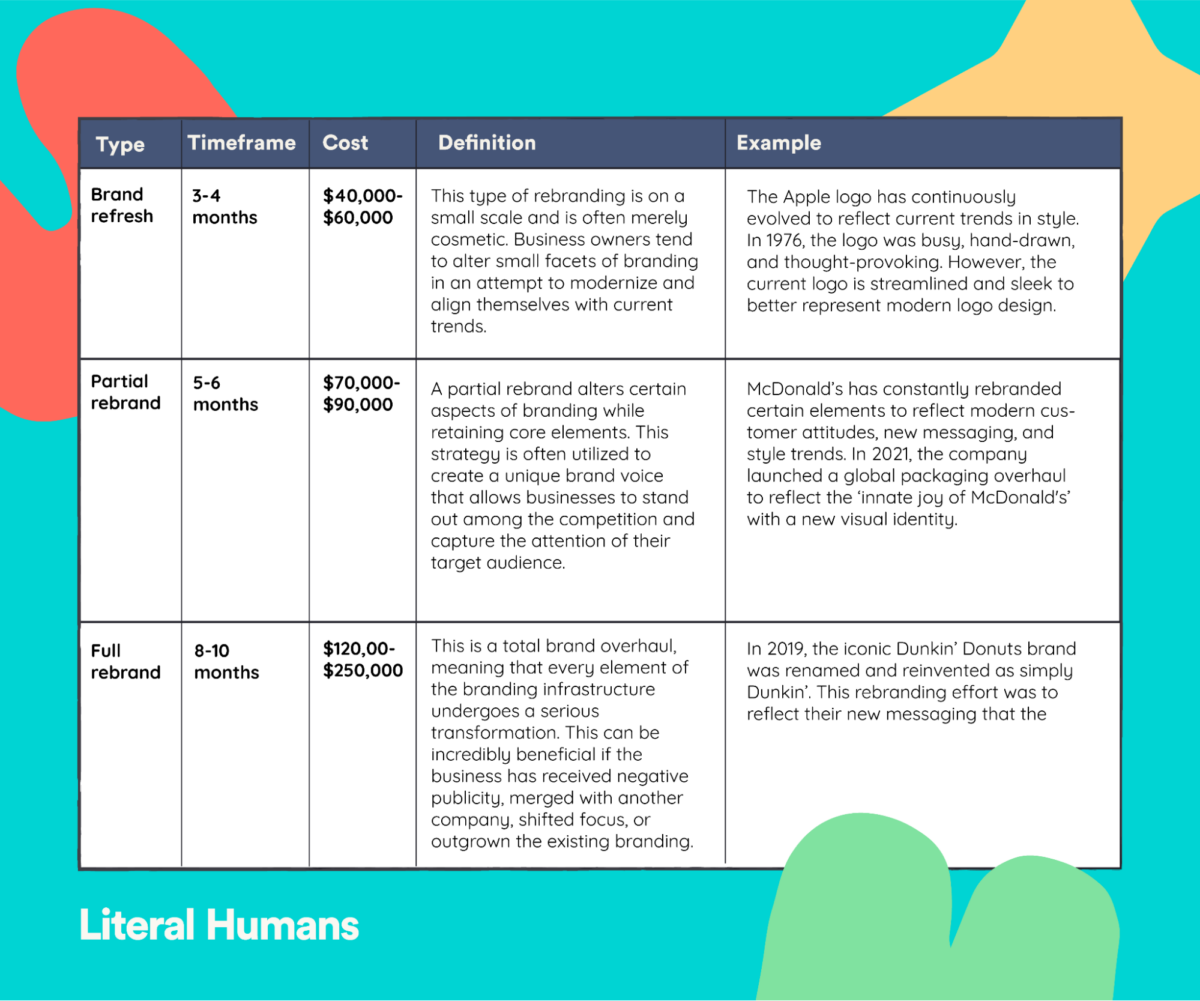
Benefits of a redesign
It is undeniable that a complete business rebrand can be a monumental task involving changing numerous different aspects of a brand’s image. With that said, you may wonder what benefits your business could yield from all this hard work. Below we have outlined three key advantages of rebranding and provided some brilliant examples.
1. Competitive landscape
In modern times, almost every business sector has become incredibly cutthroat and competitive. With this in mind, it is incredibly important for companies to stand out from their competition to survive.
Following industry trends and blending in with the masses is no longer enough; consumers demand brands to innovate and demonstrate unique selling points. If a company notices that its branding has become indistinguishable from its rivals, it is undeniably time to rebrand to showcase your unique personality, story, values, and benefits.
The affordable Mexican fast-food industry has become oversaturated, with brands such as Chipotle, Taco John’s, and Del Taco flooding the market. In 2016, Taco Bell knew it needed to adapt before being consumed by the market it arguably created.
To do this, the company attempted to ditch the cheap Mexican food persona and rebrand itself with a new narrative of being a lifestyle brand. It employed numerous brand positioning strategies, including:
- Replacing the comical ‘Yo Quiero Taco Bell’ (I want some Taco Bell) slogan with ‘Live Mas’ (Live More).
- Launching new higher-end Taco Bell Cantina locations serving a custom menu and alcoholic beverages in a modernized urban restaurant design.
- Keeping the core elements of the logo but modernizing the style to make it appear more current and stylish.
- A playful and engaging social media campaign that celebrates and targets youth culture.

2. Escaping bad publicity
In the digital age, many brands face negative press, social media rants, devastating customer reviews, and much more bad publicity. When this negativity builds to an inescapable level and starts to affect performance, it could be time to pull that emergency lever and rebrand.
Rebranding can be the ultimate lifeline in this situation, allowing business owners to shed an undesirable public perception and start afresh.
Take, for example, the iconic pizza chain Domino’s. In 2010, the share price had reached a cataclysmic low of $8.76, and consumers were unimpressed with their low-quality product offerings likening it to cardboard with a ketchup sauce.

This harsh criticism inspired the floundering company to fess up to its shortcomings and completely rebrand. They drastically improved their sub-par recipe, refreshed their visual identity, innovated with packaging, and overhauled their website. This fundamental change was assisted by a marketing campaign that admitted to past mistakes and celebrated their reinvention.

This approach worked incredibly well, with Domino’s now celebrating a breathtaking $393.16 share price and considerably more favorable customer satisfaction.

3. Brand loyalty
It is estimated that 72% of the population feels a sense of loyalty to at least one brand. Why exactly is this important to your company? A loyal customer will consistently return to your business for a product or service, providing a constant stream of revenue.
One example of rebranding that garnered a massive following was Netflix. What started as a rental service has now morphed into the biggest streaming network in the world.
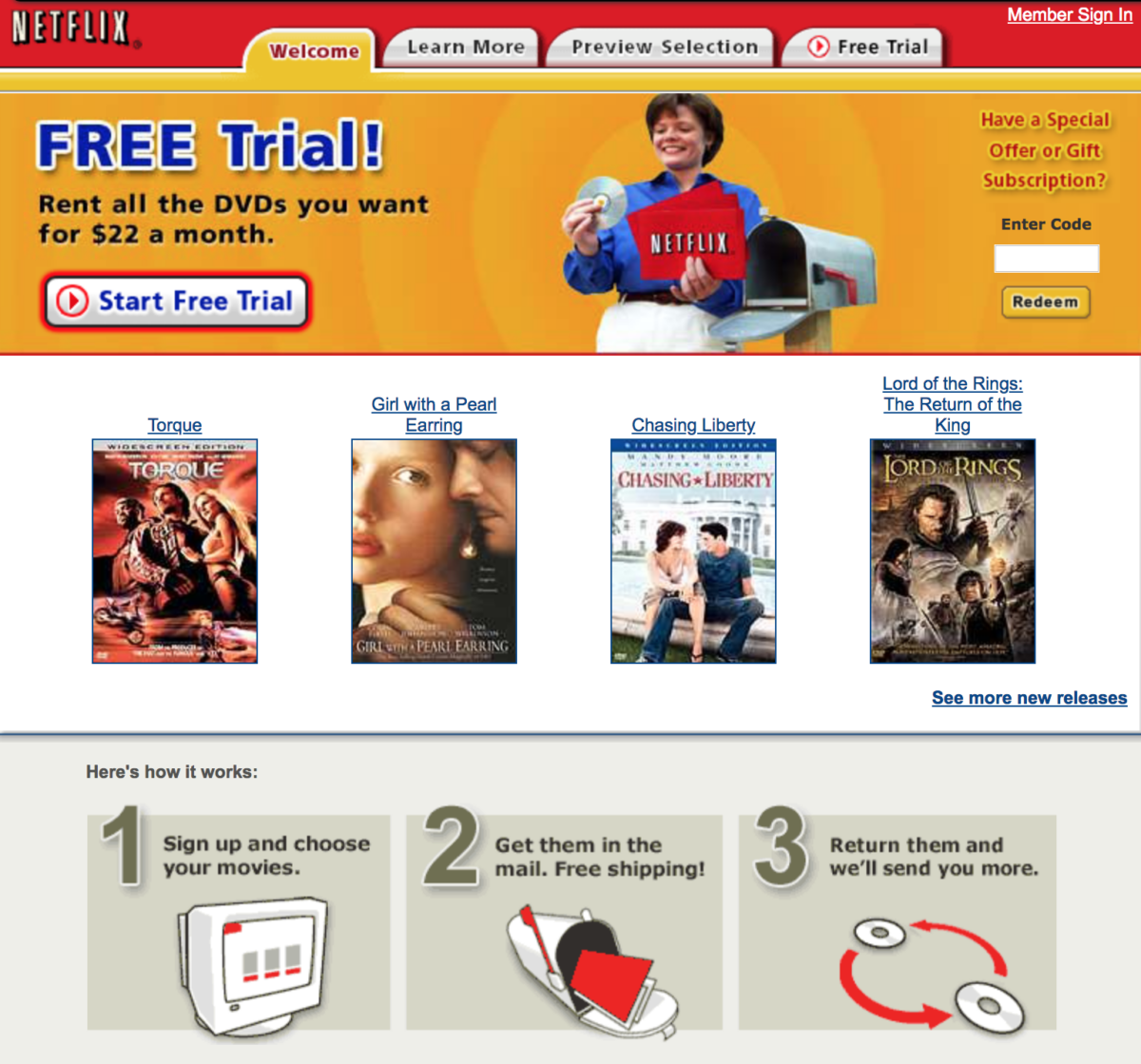
In 2007, the rental industry was in drastic decline, with market leader Blockbuster losing 75% of its value between 2003-2005. Netflix sensed this collapse and decided to innovate, creating a video streaming platform that was revolutionary at the time. This resulted in the platform acquiring an extra 4.5 million subscribers from 2007 to 2009.

3 key changes needed for successful rebranding
In this section, we will take a look at the different brand elements and how these can be adapted to your rebranding strategy.
We will also examine some examples of successful company rebranding to understand how each asset can be effectively leveraged to achieve a fresh visual identity and strong brand.
1. Logo design
When most people think of rebranding, they commonly think of logo design. This is entirely understandable, as a new logo is an immediate and drastic visual element to refresh to signify to your target audience that change is afoot. In fact, 75% of consumers consider a logo as the most identifiable brand recognition symbol.
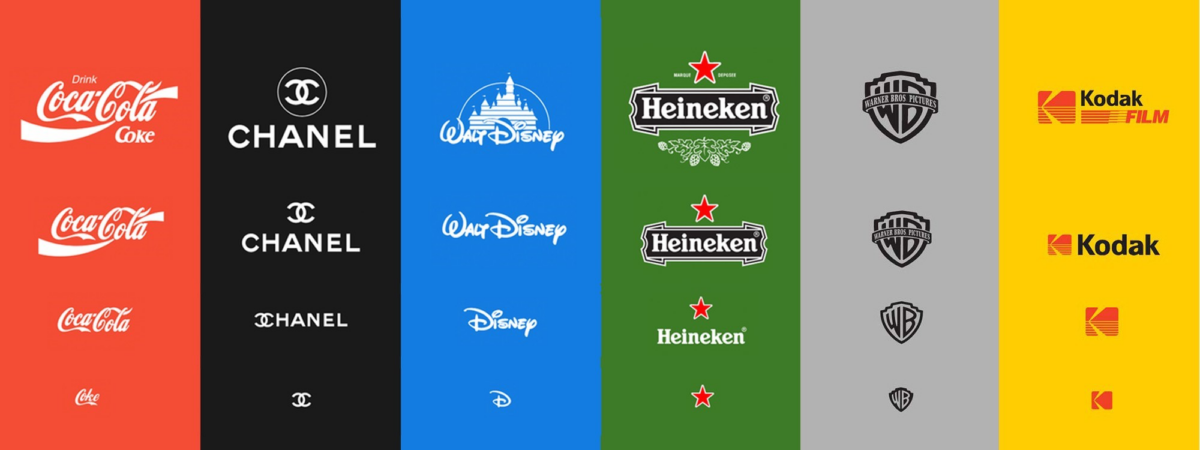
Designing and implementing a new logo has countless benefits, including:
- Generates interest from both existing and potential customers.
- Communicates the brand’s values, personality, and unique selling points.
- Helps to differentiate the brand from the rest of the industry.
- Enables the brand to align with modern style trends.
- Allows convoluted brand messaging to be streamlined for your target demographic.

In the following section, we have outlined eight top tips to consider when redesigning your logo.
- Examine what aspects of your current logo you wish to retain; it is important to understand what elements of your previous design were fundamental to your brand recognition.
- Outline the core differences between your former brand and existing brand. These distinctions should be alluded to within your redesign.
- Take into consideration both color theory and the psychology of shapes to understand the impact that these decisions have on your target audience.
- Ask yourself what you want the customer base to think and feel when they see your new logo for the first time.
- Avoid the latest design fads, as these become outdated within months and will not truly reflect your brand persona.
- Always take into account the intended use cases of this redesigned logo and where it will appear.
- Remember to stand out and embrace your brand story; there is no use simply copying ideas from your competition to create another generic industry logo.
- When designing a logo, always keep the five principles of effective logo design at the forefront of your mind: simple, versatile, timeless, memorable, and appropriate.

In 2018, the television channel Animal Planet initiated a logo redesign that would reinvent the imagery to be more modern and less cluttered. The result was a sleek logo that paid homage to past iterations and emphasized the environmental nature of programming.
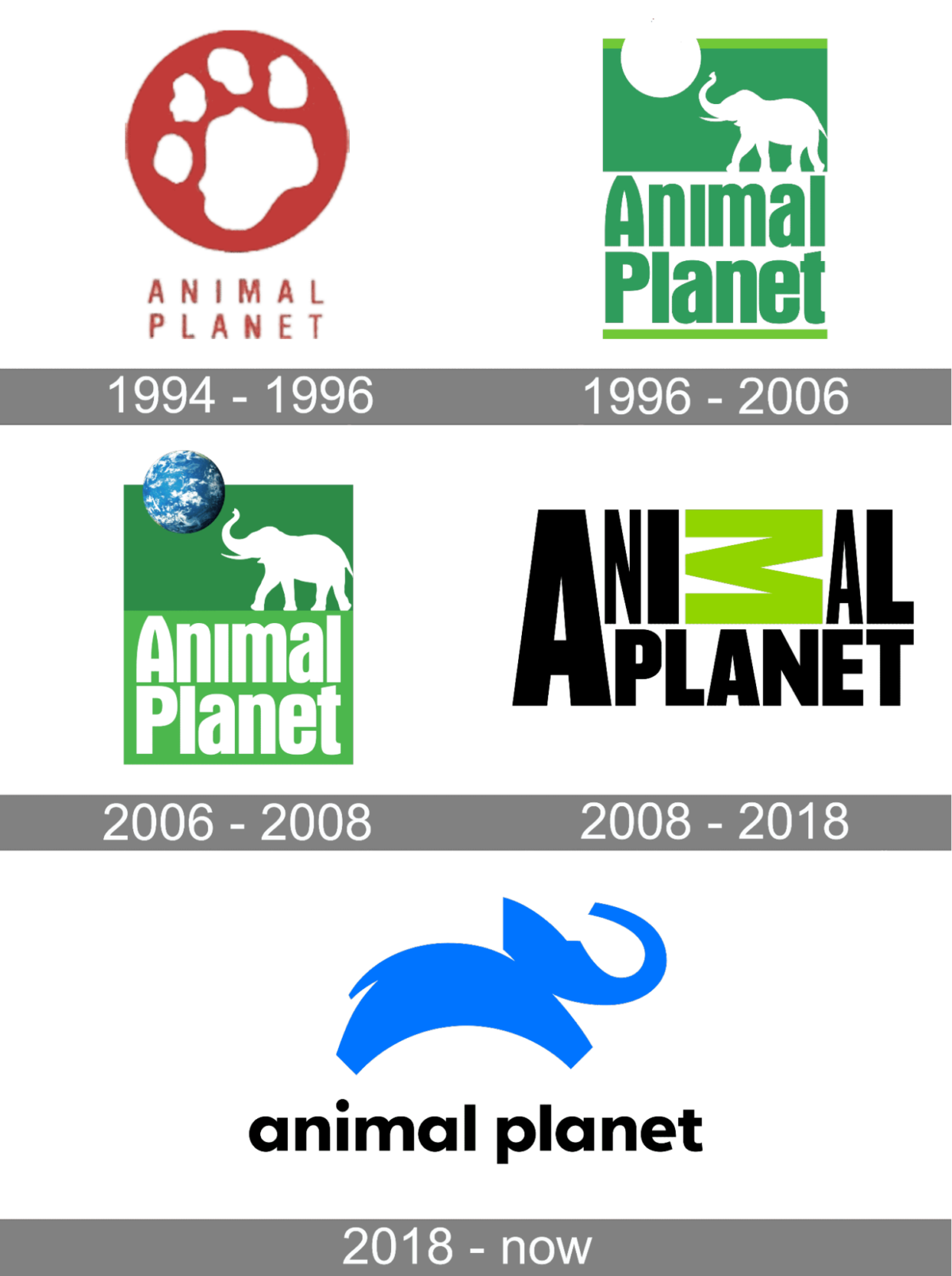
2. Tagline
A tagline can be an intrinsic element to your new business strategy as it can simplify and condense your new company mission to a desired demographic. It is estimated that roughly 50% of the population believes that a slogan is the most important element when understanding the purpose of a company.

If business owners decide to refresh their tagline, they can expect some of the following benefits.
- Generate excitement and engagement from your target audience.
- Enables a company to reflect new values, goals, or even a new demographic.
- Clearly distinguishes a business from its rivals in an oversaturated market.
- A catchy and memorable tagline can create positive brand recognition.
- Acts as a customer proposition that promotes unique selling points

Here are eight top tips to reinvigorate your tagline to capture the attention of your target audience.
- Consider what was memorable about past iterations of your tagline as well as any negatives that hampered brand recognition amongst consumers.
- What do ‘I’m lovin’ it,’ ‘Just do it,’ and ‘Finger lickin’ good’ all have in common? They are incredibly iconic slogans that are also short and sweet. When reinventing your tagline, try to embody your philosophy in as few words as possible.
- Create a tagline that celebrates what sets your company apart from competitors, including: your unique selling points, values, beliefs, features, and goals.
- To be truly impactful, a slogan must be able to make an emotional connection with your target audience.
- Do not be tempted to mention modern trends or fads, as this will quickly date your tagline. The goal is to craft a slogan that is timeless and can withstand the test of time.
- Even if you work within a complex industry, it is important to keep complicated technical jargon out of your tagline to make your business appear approachable to new clients.
- Ensure that your tagline is versatile, so it can be applied to a diverse range of marketing materials and product offerings.
- Consider using focus groups to test out initial responses from consumers to a new tagline.

In 1984, FedEx decided to change its brand strategy and branch out to international operations. Due to this rapid expansion, its former innuendo-heavy tagline, ‘Our most important package is yours,’ seemed dated and inappropriate.
It decided to replace this humorous slogan with ‘the world on time.’ This more serious tone aligned with their current goals, values, and new audience encapsulating their ambition to expand globally.

3. Name change
Changing the company name is often considered to be the ultimate reset of a brand and is not a decision that should be taken lightly. However, creating a new name can be incredibly beneficial and necessary in the following situations:
- When your current company name no longer accurately reflects your products, services, or overall brand identity.
- If your business undergoes a significant change in ownership, management, or strategic direction.
- When a business merges with another, a new name may be required to reflect the combined brand.
- News stories, scandals, and changing public attitudes could cause your business’ name to have negative connotations or associations that are detrimental to performance.
- When your business expands into new markets or geographies and a name change is necessary to appeal to a broader audience.

Unlike the other branding elements mentioned above, a name change comes with numerous legal procedures and considerations. Below you can find an outline of how exactly to change your company name.
- Take some time to check various sources for trademarks that indicate the new name may already be in use.
- Contact your local state’s office for a form that allows you to change your company name.
- Make sure to approach all license and permit holders to notify them about this change.
- Check the IRS website to find out what requirements you must undertake when changing your name.
- Look at Publication 1635 to identify whether you will need to reapply for an employer identification number.
- It is critical to change the branding to reflect your new name; this includes: business cards, signage, documentation, website, and social media.
- Remember to inform your customers of this coming change to retain confidence, brand loyalty, and engagement.
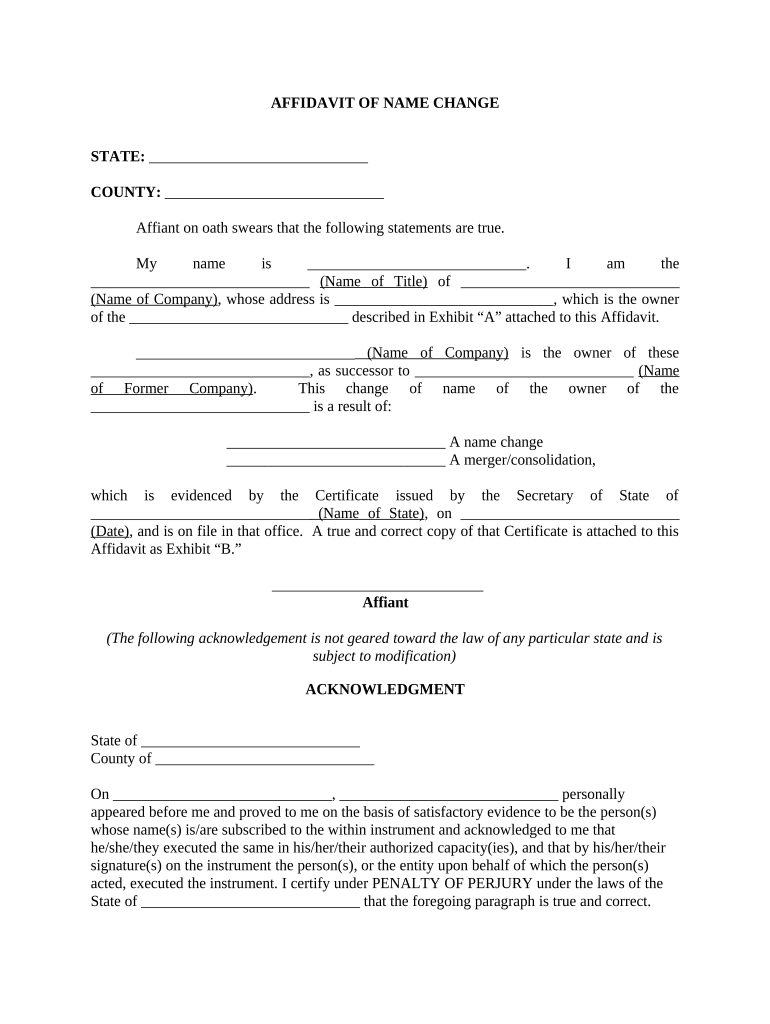
The most recent and striking example in recent memory of a company changing its name is Twitter becoming X.

Elon Musk stated the following reason for this change:
The Twitter name made sense when it was just 140-character messages going back and forth – like birds tweeting – but now you can post almost anything, including several hours of video. In the months to come, we will add comprehensive communications and the ability to conduct your entire financial world. The Twitter name does not make sense in that context, so we must bid adieu to the bird.
This evident repositioning of the brand mission and values to create an ‘everything app’ that is not restricted by former branding is the core reasoning for this incredibly risky change.

Other important branding elements
While we have covered the three most noticeable and dramatic elements to alter during rebranding, it is important to note there are countless components to a brand image. Take a look at the list below of brand elements to inspire you during your rebranding efforts.
- Typography and fonts
- Sound
- Color palette
- Taste
- New products
- Shape
- Marketing materials
- Packaging
- Tone of voice
- Business cards
- User interface
- Imagery
- Customer relations

Brace yourself for change
Now it is time for you to deploy the relevant rebranding techniques to reshape your company into the next big brand in your industry. Remember to release a pitch-perfect press release that will announce your intention to rebrand while reassuring stakeholders and consumers about this change.
Once this initial rebranding plan has been implemented, it is important to create a style guide. This important documentation will act as a template that will outline the new brand guidelines for every department within your business. Doing this will ensure that branding will remain consistent and aligned with your core values in the crucial coming months of relaunching.










